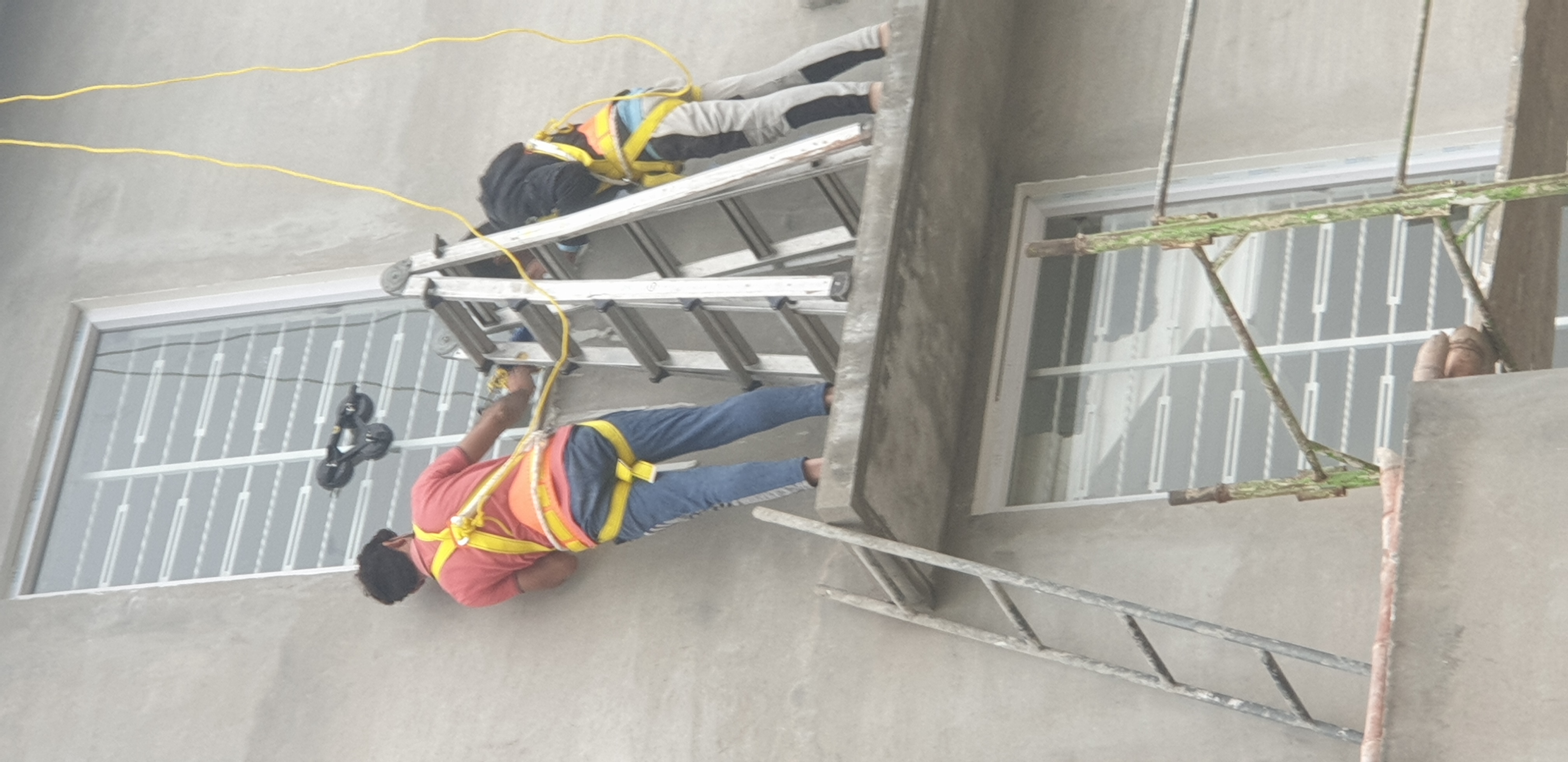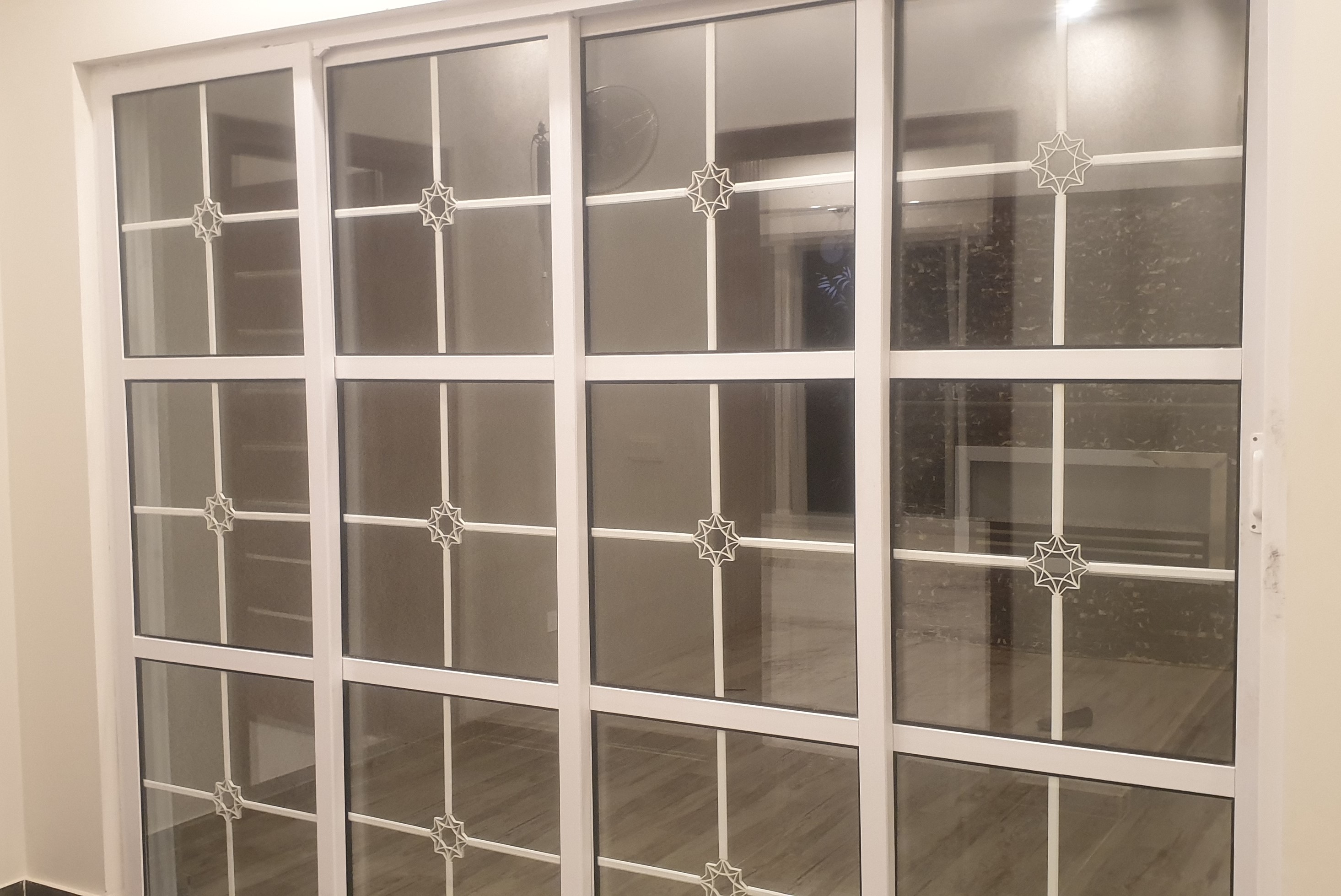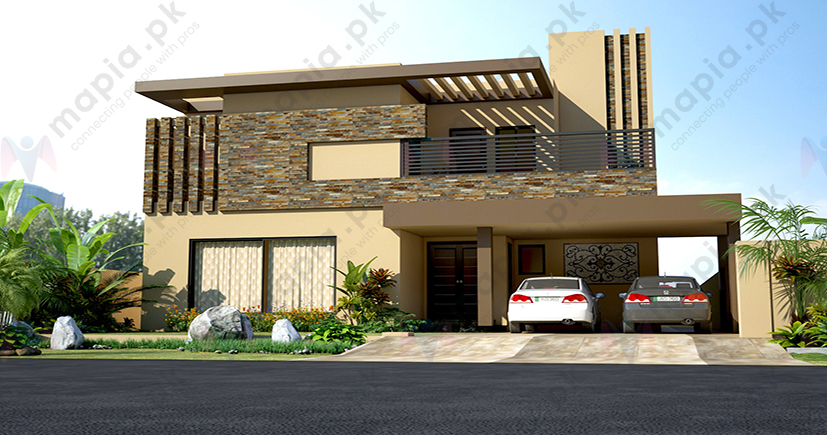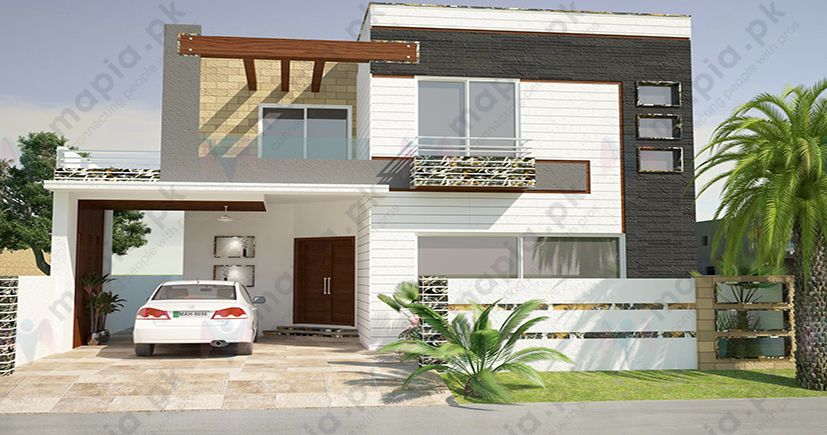Architectural and Engineering Glossary
A
An architecture developed under the Achaemenid rulers of Persia (6th to 4th cent. B.C.) by a synthesis and eclectic adaptation of architectural elements which included those of surrounding countries. In the hypostyle hall it achieved a highly original new building type.
Said of architecture that is without color, for example, the white buildings of Greek Revival.
White light; a color that does not elicit hue.
Abbr. for “American Concrete Institute.”
A device installed in a drainage system into which the discharge of acid is probable; neutralizes the discharge sufficiently to permit it to enter the drainage system safely.
Fully refined lead to which a small amount of copper has been added; 99.9% pure.
Premium Product & Services
Best products and services from our partners
The polishing of a glass surface by acid treatment.
The degree to which a surface, such as porcelain enamel, will resist attack by acids.
Soil having an acid reaction; usually a soil having a pH value of less than 6.6.
Said of a metallic surface (e.g., a nail) that has been treated in an acid bath to provide a rough surface.
Brick suitable for use in contact with chemicals; usually laid with acid resistant mortars.
A cast iron pipe containing between 14.25 and 15% silicon and small amounts of manganese, sulfur, and carbon; manufactured in the same dimensions as cast iron pipe.
Said of igneous rocks containing more than 65% silica.
The light etching of a cast stone surface.
A mason’s small pick, with a flat face and pointed peen.
A small ornament in the shape of a nut of the oak tree; sometimes used as a finial, pendant, or decorative element within a broken pediment, or as a decoration on a carved panel.
1.Abbr. for acoustical.2.Abbr. for acoustics.
The qualifying adjectives acoustic and acoustical have the following meanings: arising from, actuated by, containing, producing, or related to sound. In general, acousticis used when the term being qualified designates something that has the properties, dimensions, or physical characteristics associated
A ceiling covered by, or formed of, an acoustical material.
An acoustical material in board form, designed primarily for suspended ceiling application.
A structural sys-em for supporting an acoustical ceiling; may incorporate lighting fixtures and air diffusers.
A solid, heavy door which is gasketed along the top and sides; usually has an automatic door bottom; especially constructed to reduce noise transmission through it; usually carries a sound transmission class (STC) rating, which is a measure of its sound insulation value.
A porous material in board form, designed or used as an acoustical material or as an element in a sound insulation construction.
An acoustical ceiling board designed to be laid into an exposed grid suspension system.
acoustical material Any material especially designed to absorb sound.
A model of an auditorium or room used to study certain acoustical properties of the full sized enclosure, such as the distribution of sound pressure, the paths of sound rays, and focusing effects.
A special low density sound absorptive plaster, applied in the form of a finish coat, to provide a continuous finished surface.
An acoustical material applied by a spray process to form a continuous finished surface.
An acoustical material in board form, often having unit dimensions of 24 in. by 24 in. (approx. 61 cm by 61 cm) or less. Usually used on ceilings but also may be applied to side walls.
1.The science of sound, including the generation, transmission, and effects of sound waves. 2.The totality of those physical characteristics of an auditorium or room (such as the size and shape of elements on the walls or ceiling which scatter sound, the amount of sound absorption, and noise level within the room) which affect an individual’s perception, and judgment, of the quality of speech and music produced in the room.
Abbr. for “air changes per hour.”
1.An act of concurrence by adjoining property owners which resolves a boundary dispute or establishes a common boundary, where the definite or more accurate position of same has not or cannot be defined by survey. 2.The tacit consent of one owner, by not interposing a formal objection, to what might be an encroachment by an adjoining property owner over a questionable boundary.
A unit of land measurement equal to 43,560 sq ft or 4046.85 sq m; 1 sq mile (2.59 sq km) equals 640 acres.
The amount of water required to cover an area of 1 acre to a depth of 1 foot; equivalent to 43,560 cubic feet (4046.9 m3); sometimes used as a measure of materials in place (e.g., gravel).
A statue or sculptured figure in which only the head, hands, and feet are of stone, the rest being usually of wood.
1.An elevated pedestal bearing a statue, particularly if raised from the substructure on supports. 2.The plinth of a statue if rest- ing on supports.
1.The elevated stronghold of a Greek city, usually with the temple of the patron divinity. 2.(cap.) The Acropolis of Athens. 3.Any elevated group of buildings serving as a civic symbol.
acroterion, acroter, acroterium 1.Strictly, a pedestal at the corners or peak of a roof to support an ornament. 2.More usually, the ornament itself.
A carpet having a combination of acrylic and modacrylic fibers; known for its stain resistant qualities, high durability, and wool like appearance.
A synthetic fiber manufactured by polymerizing acrylonitrile.
A type of latex paint made from acrylic resins; also called acrylic latex paint.
One of a group of thermoplastic resins made from esters of acrylic acid; exceptionally tough, stable, resistant to chemicals, and transparent; used as a binder, in sheet form, as an air curing adhesive, and as the main ingredient in some caulks and sealants.
A plastic used for piping in drainage systems, storm sewers, and underground electrical conduit.
Abbr. for “American Ceramic Society.”
act curtain, act drop, front curtain, house curtain A curtain, behind the asbestos curtain in a theater, which closes the proscenium and serves as an indication of the beginning or end of an act or scene.
On drawings, abbreviation for “actual.”
A spotlight used to illuminate a selected acting area.
A platform above the theater stage floor which is used for acting.
A glass having a yellow tint which reduces the transmission of infrared and ultraviolet rays;sometimes used in factory windows or skylights.
Same as double acting hinge.














